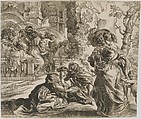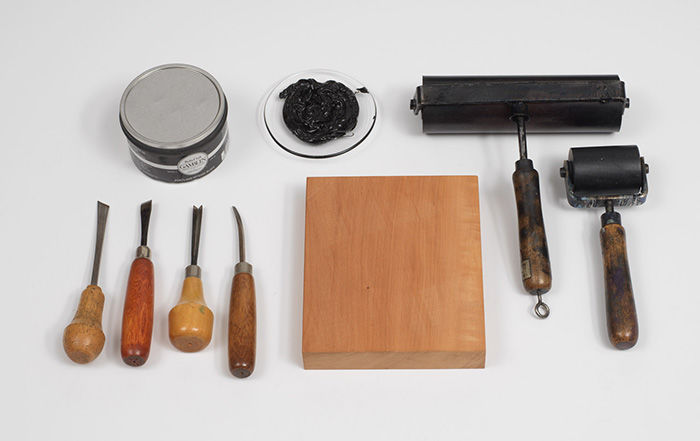The Garden of Love (right block)
Christoffel Jegher Flemish
After Peter Paul Rubens Flemish
Not on view
Having realized the potential profits to be made from reproductive prints of his work, Rubens began to engage printmakers from 1619 onward. In the early 1630s, he turned to woodcuts in close collaboration with Christoffel Jegher. Indeed, Jegher's place in art history as the most important woodcutter of his time rests exclusively on the nine large single-page woodcuts that resulted from this collaboration.
The Garden of Love is a variation of a picture by Rubens from the 1630s (Museo del Prado, Madrid). Two drawings by Rubens (finished by Jegher; see 58.96.1,.2) served as models. The woodcuts reproduce these drawings in reverse. The drawings, and consequently the prints, transform the composition of the painting into a frieze, most notably by dividing it into two separate parts, pushing the figures to the foreground and cropping the architecture at the top. The inherent nature of the coarse woodcut medium and the effect that could be achieved with it were fully exploited, particularly in the rendering of the human form.
Due to rights restrictions, this image cannot be enlarged, viewed at full screen, or downloaded.
This artwork is meant to be viewed from right to left. Scroll left to view more.




